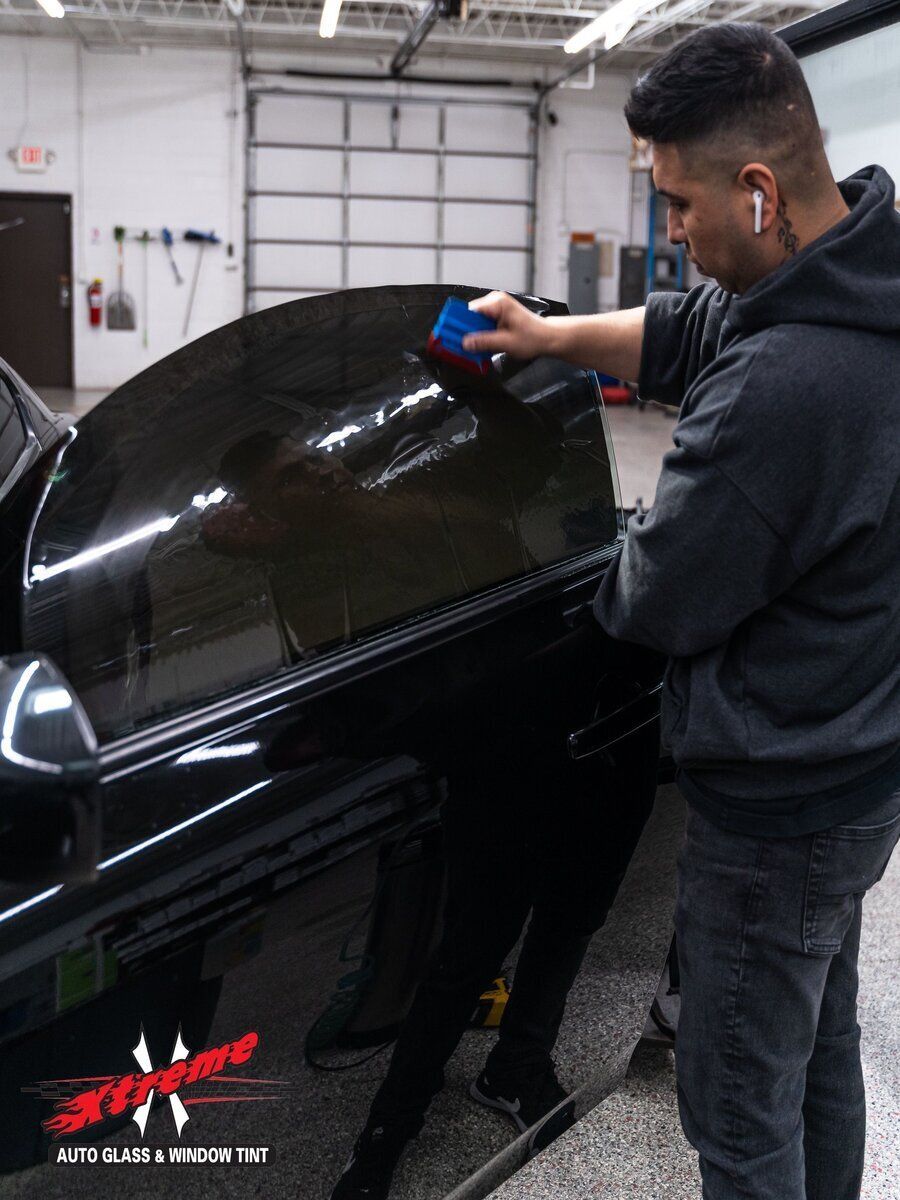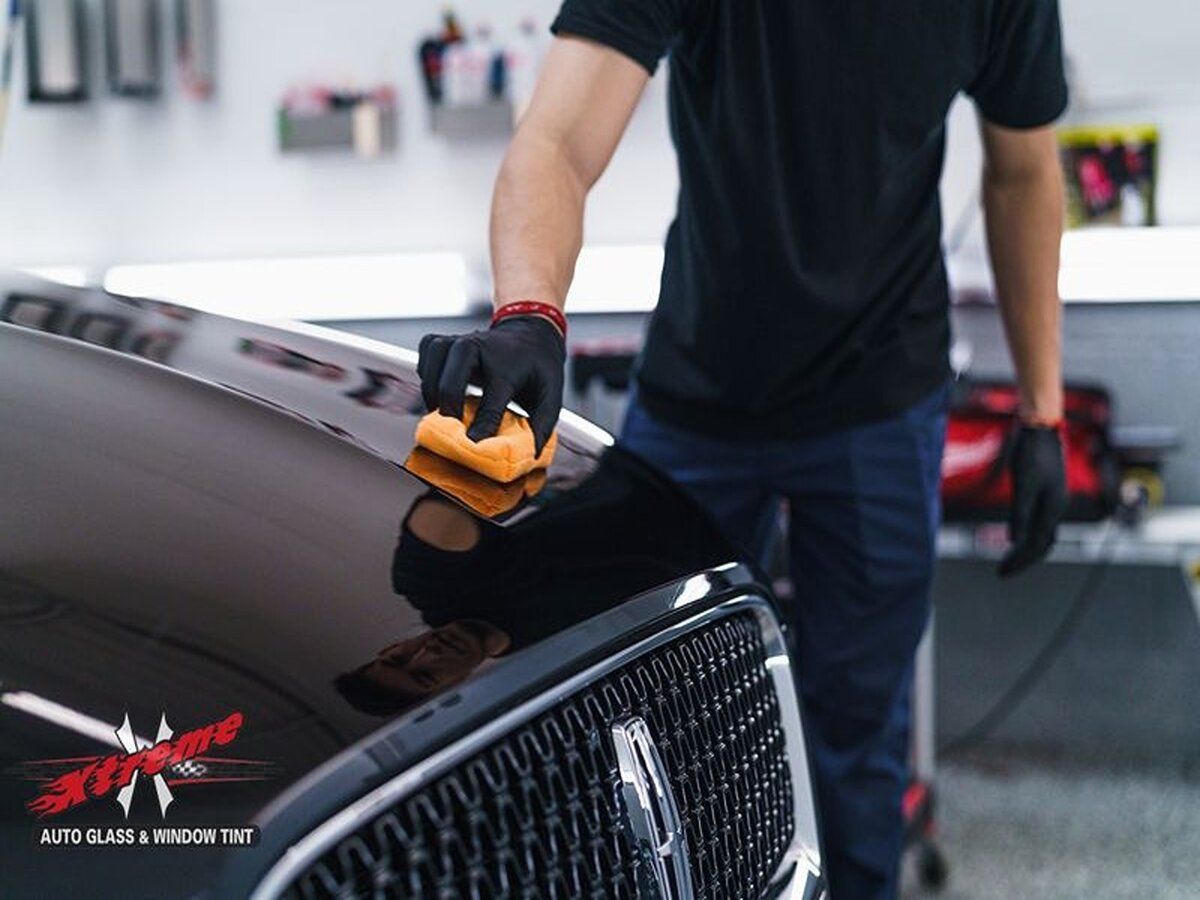There are various degrees to which you can tint your car windows. Here is a guide on everything to know about window tint percentages.

If your vehicle didn't come with window tint, or you think you might want a darker or lighter shade, it pays to learn about your options before you commit. There are many different window tint percentages and types of window tint. If you don't choose the right one, you may not get the protection and overall experience you desire.
Don't worry, though, this guide to car window tint percentages will tell you everything you need to know!
Window Tint Percentages: Understand Your Options!
When it comes to auto window tinting, you have a wide array of options ranging from 5% all the way to 90%. The percentages refer to visible light transmission (VLT), which is the amount of visible light that can come through the windows. So this means that the lower the percentage, the darker the tint will be.
Here's a look at a few of the most common window tints and some pros and cons.
Fifty-Percent Tint
If you're not looking for darkness, then a 50% tint is a great option for you. It only blocks half of the light from coming into your car but is still effective for keeping out heat and UV rays. It also helps to reduce glare and eye strain, which makes driving much safer.
Thirty-Five Percent Tint
A vehicle with a 35% tint will give you a darker, more appearance but is still very easy to see through. Many people like this tint because it creates a smooth, stylish look.
Twenty-Percent Tint
If you're concerned about privacy, you may want a 20% tint. Although you can see through it from the outside if you're up close, it's difficult. This is enough to deter most casual snoops and would-be criminals.
Most vehicles that come with "built-in" factory tint is in the 15-20% range.
Five Percent Tint
A 5% tint is extremely dark, and you can't see through it at all. This is actually illegal in most states but is most commonly used on the back windows of limousines.
Calculating VLT
While this might seem pretty simple, there's one more thing to consider. Most vehicles don't come from the factory with completely clear glass. In fact, they almost all have a VLT of about 80%. So you need to take this into consideration when calculating how much light really comes through.
For example, if you were going to apply a 5% tint to glass that already had an 80% tint, then you would need to multiply the two (5% x 80% = 4%). This means that the vehicle would have a combined VLT of 4%.
If this is overwhelming, don't worry – most window film specialists can determine the percentage of your tinted car windows within a close range just by looking at it. This comes from years of experience. To find out for sure, though, you'll just have them measure it with a tool that's similar the ones police use.
This will give you an extremely accurate reading that you can count on.
Common Definitions
Before you order window tint, it's a good idea to understand some terms you might hear, and window tinting common practices.
First, when referring to the "front-side windows", this includes the passenger and driver's side window, but not the windshield. The "rear-side windows" are any side windows that are behind the front-side windows. Although your windshield won't be tinted, there is a shade band, which is film that comes down from the top of your windshield.
The term "tint reflection" is a term that's used when discussing reflective window films, most often metallic films. You may also hear the term "restricted colors" which means that color tints aren't legal in the state.
Window Tint Laws
When deciding which car window tint percentage is best for you, you'll want to consider the laws in your local area. Each individual state and county has its own rules about the maximum percentage that's allowed for tinted windows.
In Illinois, for example, the rules are different for cars vs. SUVs and vans. On cars, the front, back, and rear windows must allow more than 35% of light in. In SUVs and vans, the front-side windows must allow in more than 50% of light, and any darkness can be used on the back-side windows and rear window.
There are other, more complex, laws in the state, including:
- If the front-side windows aren't tinted, then any windows behind the driver can legally have any tint percentage.
- If no window behind the driver is tinted below 30% VLT then the front-sider windows can have 50% light transmission.
- If vehicles have a factory-installed tint on any back window, then the front-side windows must have over 50% VLT. This is true, no matter how light or dark the tint is on the back windows.
Since the rules are so complicated, it's a good idea to consult with a professional before choosing your tint. This will increase the chances that you'll get exactly the look and benefits you're looking for while still remaining on the right side of the law.
Choose Xtreme Auto Glass & Window Tint for Your Window Tinting Needs
Most people don't realize just how complicated window tinting can be. Luckily, if you work with a trusted professional, you don't need to be an expert in window tint percentages.
Just let Xtreme Auto Glass & Window Tint know your goals, and we'll help you choose the perfect tint! Contact us today for a free estimate.







